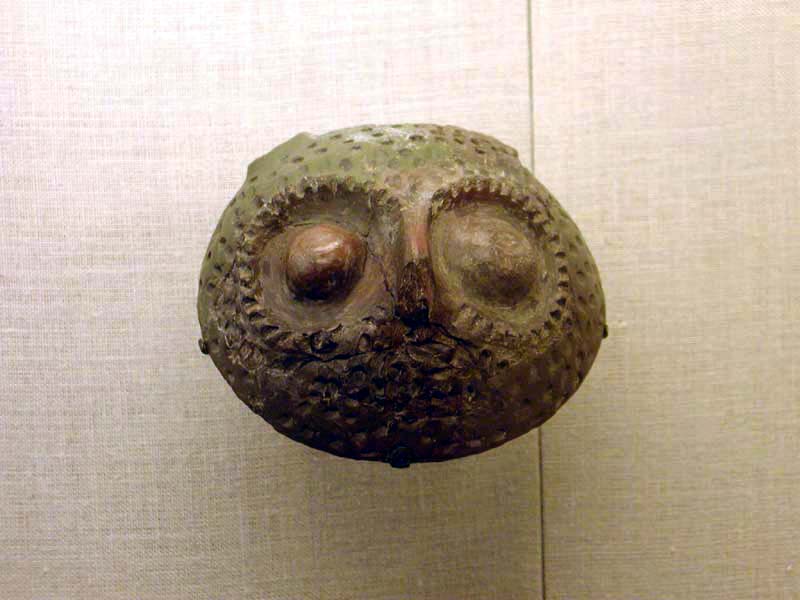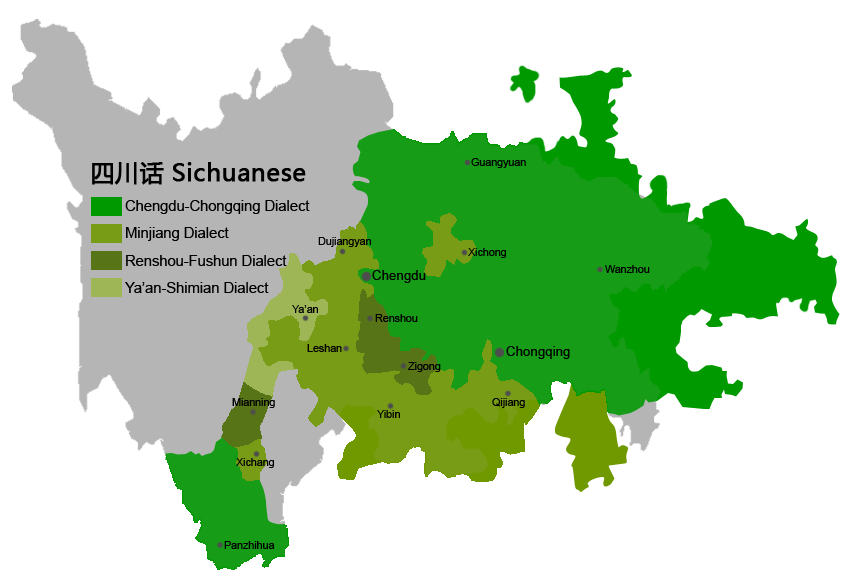|
Mathews' Chinese–English Dictionary
''A Chinese–English Dictionary: Compiled for the China Inland Mission by R. H. Mathews'' or ''Mathews' Chinese–English Dictionary'', edited by the Australian Congregationalist missionary Robert Henry Mathews (1877–1970), was the standard Chinese–English dictionary for decades. Mathews originally intended his dictionary to be a revision of Frederick W. Baller's out-of-print ''An Analytical Chinese–English Dictionary'', but ended up compiling a new dictionary. Mathews copied, without acknowledgment, from the two editions of Herbert Giles's ''A Chinese–English Dictionary''. The 1,250-page first edition contained 7,783 Chinese character head entries, alphabetically collated by romanized syllabic order in modified Wade–Giles system, and includes 104,000 words and phrases taken from the classics, general literature, and news media. Owing to a World War II shortage of Chinese–English dictionaries, Harvard University Press published a revised American edition, which incl ... [...More Info...] [...Related Items...] OR: [Wikipedia] [Google] [Baidu] |
Robert Henry Mathews
Robert Henry Mathews (1877–1970) was an Australian missionary and Sinologist, best known for his 1931 '' A Chinese-English Dictionary: Compiled for the China Inland Mission by R. H. Mathews'', which was subsequently revised by Harvard University Press in 1943. He served with the China Inland Mission from 1906, before retiring to Australia in 1945. Early life Robert Henry Mathews was born in Flemington, now a suburb of Melbourne, Australia on 13 July 1877, to London-born William Mathews and Australian Mary Mathews, née Whitlaw. Mathews studied lithography at the Working Men's College of Melbourne, during which time he became interested in Christian missionary work. As an fervent Congregationalist, he was drawn to evangelism, especially the China Inland Mission (CIM). Although Mathews set up his own printing business after graduating, he abandoned it to join the CIM in 1906, receiving eighteen months' training in Adelaide where he ministered to the city's outcast poor. Mission ... [...More Info...] [...Related Items...] OR: [Wikipedia] [Google] [Baidu] |
Henan
Henan (; or ; ; alternatively Honan) is a landlocked province of China, in the central part of the country. Henan is often referred to as Zhongyuan or Zhongzhou (), which literally means "central plain" or "midland", although the name is also applied to the entirety of China proper. Henan is a birthplace of Han Chinese civilization, with over 3,200 years of recorded history and remained China's cultural, economic and political center until approximately 1,000 years ago. Henan Province is home to many heritage sites, including the ruins of Shang dynasty capital city Yin and the Shaolin Temple. Four of the Eight Great Ancient Capitals of China, Luoyang, Anyang, Kaifeng and Zhengzhou, are in Henan. The practice of tai chi also began here in Chen Jia Gou Village (Chen style), as did the later Yang and Wu styles. Although the name of the province () means "south of the ellowriver.", approximately a quarter of the province lies north of the Yellow River, also known as th ... [...More Info...] [...Related Items...] OR: [Wikipedia] [Google] [Baidu] |
Henry Courtenay Fenn
Henry Courtenay Fenn, more commonly known as H. C. Fenn, (February 26, 1894 – July 1978) was an American sinologist and architect of Yale University's Chinese language program. H. C. Fenn was the son of the Reverend Dr. Courtenay Hughes Fenn, missionary to China and compiler of ''The Five Thousand Dictionary ''The Five Thousand Dictionary: A Chinese-English Dictionary...'' (1926) or ''Fenn's Chinese-English Pocket-Dictionary'' (1942), which was compiled by American missionary Courtenay H. Fenn, is a widely reprinted learners' dictionary that selected ...'', and his wife Alice Holstein May Fenn, and grew up in Peking. He married Constance Latimer Sargent on January 27, 1925. Fenn was active in the "Yale system" of Chinese grammar developed by himself, George Kennedy, Gardner Tewksbury, Wang Fangyu and others working in the Institute of Far Eastern Languages at Yale in the late 1940s. Selected works * ''Songs from Hypnia'', Henry C. Fenn, 1915 * ''A Syllabus of the Histor ... [...More Info...] [...Related Items...] OR: [Wikipedia] [Google] [Baidu] |
Photolithographic
In integrated circuit manufacturing, photolithography or optical lithography is a general term used for techniques that use light to produce minutely patterned thin films of suitable materials over a substrate, such as a silicon wafer, to protect selected areas of it during subsequent etching, deposition, or implantation operations. Typically, ultraviolet light is used to transfer a geometric design from an optical mask to a light-sensitive chemical (photoresist) coated on the substrate. The photoresist either breaks down or hardens where it is exposed to light. The patterned film is then created by removing the softer parts of the coating with appropriate solvents. Conventional photoresists typically consists of three components: resin, sensitizer, and solvent. Photolithography processes can be classified according to the type of light used, such as ultraviolet, deep ultraviolet, extreme ultraviolet, or X-ray. The wavelength of light used determines the minimum feature size ... [...More Info...] [...Related Items...] OR: [Wikipedia] [Google] [Baidu] |
Harvard–Yenching Institute
The Harvard–Yenching Institute is an independent foundation dedicated to advancing higher education in Asia in the humanities and social sciences, with special attention to the study of Asian culture. It traditionally had close ties to Harvard University and the now-defunct Yenching University, and its offices are located on the Harvard campus in Cambridge, Massachusetts, but it is not part of Harvard. History The Harvard–Yenching Institute (HYI) was founded in 1928 by Yenching University President John Leighton Stuart with funding provided solely from the estate of Charles Martin Hall, the inventor of a process for refining aluminum and the founder of the Aluminum Company of America (ALCOA). Although the institute has close ties with Harvard University, it is a legally and fiscally independent public charitable trust. Hall's charge to the trustees of his estate was to promote higher education in Asia, and to that end the trustees of his estate partnered with Harvard ... [...More Info...] [...Related Items...] OR: [Wikipedia] [Google] [Baidu] |
Allies Of World War II
The Allies, formally referred to as the United Nations from 1942, were an international military coalition formed during the Second World War (1939–1945) to oppose the Axis powers, led by Nazi Germany, Imperial Japan, and Fascist Italy. Its principal members by 1941 were the United Kingdom, United States, Soviet Union, and China. Membership in the Allies varied during the course of the war. When the conflict broke out on 1 September 1939, the Allied coalition consisted of the United Kingdom, France, and Poland, as well as their respective dependencies, such as British India. They were soon joined by the independent dominions of the British Commonwealth: Canada, Australia, New Zealand and South Africa. Consequently, the initial alliance resembled that of the First World War. As Axis forces began invading northern Europe and the Balkans, the Allies added the Netherlands, Belgium, Norway, Greece, and Yugoslavia. The Soviet Union, which initially ha ... [...More Info...] [...Related Items...] OR: [Wikipedia] [Google] [Baidu] |
Chang-Du Dialect
Chang-Du or Chang-Jing, sometimes called Nanchang () after its principal dialect, is one of the Gan Chinese languages. It is named after Nanchang and Duchang County, and is spoken in those areas as well as in Xinjian, Anyi, Yongxiu, De'an, Xingzi, Hukou, and bordering regions in Jiangxi and in Pingjiang County, Hunan. Phonology The Nanchang dialect has 19 syllable onsets or initials (including the zero initial), 65 finals and 7 tones. Initials In each cell below, the first line indicates IPA transcription, the second indicates pinyin. Finals The finals of the Nanchang dialect are:Yan (2006), pp. 150–151, based on ''Hanyu Fangyin Zihui''. Consonantal codas * The codas in ''italic'' are at present only reserved in several Gan dialects. Tone Like other Chinese varieties, tones in Gan make phonemic distinctions. There are five phonemic tones in Gan, which are reduced to two 'entering tones' before stop consonants. In the traditional classification, these are conside ... [...More Info...] [...Related Items...] OR: [Wikipedia] [Google] [Baidu] |
Southwestern Mandarin
Southwestern Mandarin (), also known as Upper Yangtze Mandarin (), is a Mandarin Chinese language spoken in much of Southwest China, including in Sichuan, Yunnan, Chongqing, Guizhou, most parts of Hubei, the northwestern part of Hunan, the northern part of Guangxi and some southern parts of Shaanxi and Gansu. Southwestern Mandarin is spoken by roughly 260 million people. If considered a language distinct from central Mandarin, it would be the eighth-most spoken language by native speakers in the world, behind Mandarin itself, Spanish, English, Hindi, Portuguese, Arabic and Bengali. Overview Modern Southwestern Mandarin was formed by the waves of immigrants brought to the regions during the Ming and Qing Dynasties. Because of the comparatively recent move, such dialects show more similarity to modern Standard Mandarin than to other varieties of Chinese like Cantonese or Hokkien. For example, like most Southern Chinese dialects, Southwestern Mandarin does not possess the ... [...More Info...] [...Related Items...] OR: [Wikipedia] [Google] [Baidu] |
Neologism
A neologism Greek νέο- ''néo''(="new") and λόγος /''lógos'' meaning "speech, utterance"] is a relatively recent or isolated term, word, or phrase that may be in the process of entering common use, but that has not been fully accepted into mainstream language. Neologisms are often driven by changes in culture and technology. In the process of language formation, neologisms are more mature than '' protologisms''. A word whose development stage is between that of the protologism (freshly coined) and neologism (new word) is a ''prelogism''. Popular examples of neologisms can be found in science, fiction (notably science fiction), films and television, branding, literature, jargon, cant, linguistics, the visual arts, and popular culture. Former examples include ''laser'' (1960) from Light Amplification by Stimulated Emission of Radiation; ''robot'' (1941) from Czech writer Karel Čapek's play '' R.U.R. (Rossum's Universal Robots)''; and '' agitprop'' (1930) (a portmantea ... [...More Info...] [...Related Items...] OR: [Wikipedia] [Google] [Baidu] |
Second Sino-Japanese War
The Second Sino-Japanese War (1937–1945) or War of Resistance (Chinese term) was a military conflict that was primarily waged between the Republic of China and the Empire of Japan. The war made up the Chinese theater of the wider Pacific Theater of the Second World War. The beginning of the war is conventionally dated to the Marco Polo Bridge Incident on 7 July 1937, when a dispute between Japanese and Chinese troops in Peking escalated into a full-scale invasion. Some Chinese historians believe that the Japanese invasion of Manchuria on 18 September 1931 marks the start of the war. This full-scale war between the Chinese and the Empire of Japan is often regarded as the beginning of World War II in Asia. China fought Japan with aid from Nazi Germany, the Soviet Union, United Kingdom and the United States. After the Japanese attacks on Malaya and Pearl Harbor in 1941, the war merged with other conflicts which are generally categorized under those conflicts of World War II ... [...More Info...] [...Related Items...] OR: [Wikipedia] [Google] [Baidu] |
Shanghai
Shanghai (; , , Standard Mandarin pronunciation: ) is one of the four direct-administered municipalities of the People's Republic of China (PRC). The city is located on the southern estuary of the Yangtze River, with the Huangpu River flowing through it. With a population of 24.89 million as of 2021, Shanghai is the most populous urban area in China with 39,300,000 inhabitants living in the Shanghai metropolitan area, the second most populous city proper in the world (after Chongqing) and the only city in East Asia with a GDP greater than its corresponding capital. Shanghai ranks second among the administrative divisions of Mainland China in human development index (after Beijing). As of 2018, the Greater Shanghai metropolitan area was estimated to produce a gross metropolitan product ( nominal) of nearly 9.1 trillion RMB ($1.33 trillion), exceeding that of Mexico with GDP of $1.22 trillion, the 15th largest in the world. Shanghai is one of the world's major centers fo ... [...More Info...] [...Related Items...] OR: [Wikipedia] [Google] [Baidu] |






